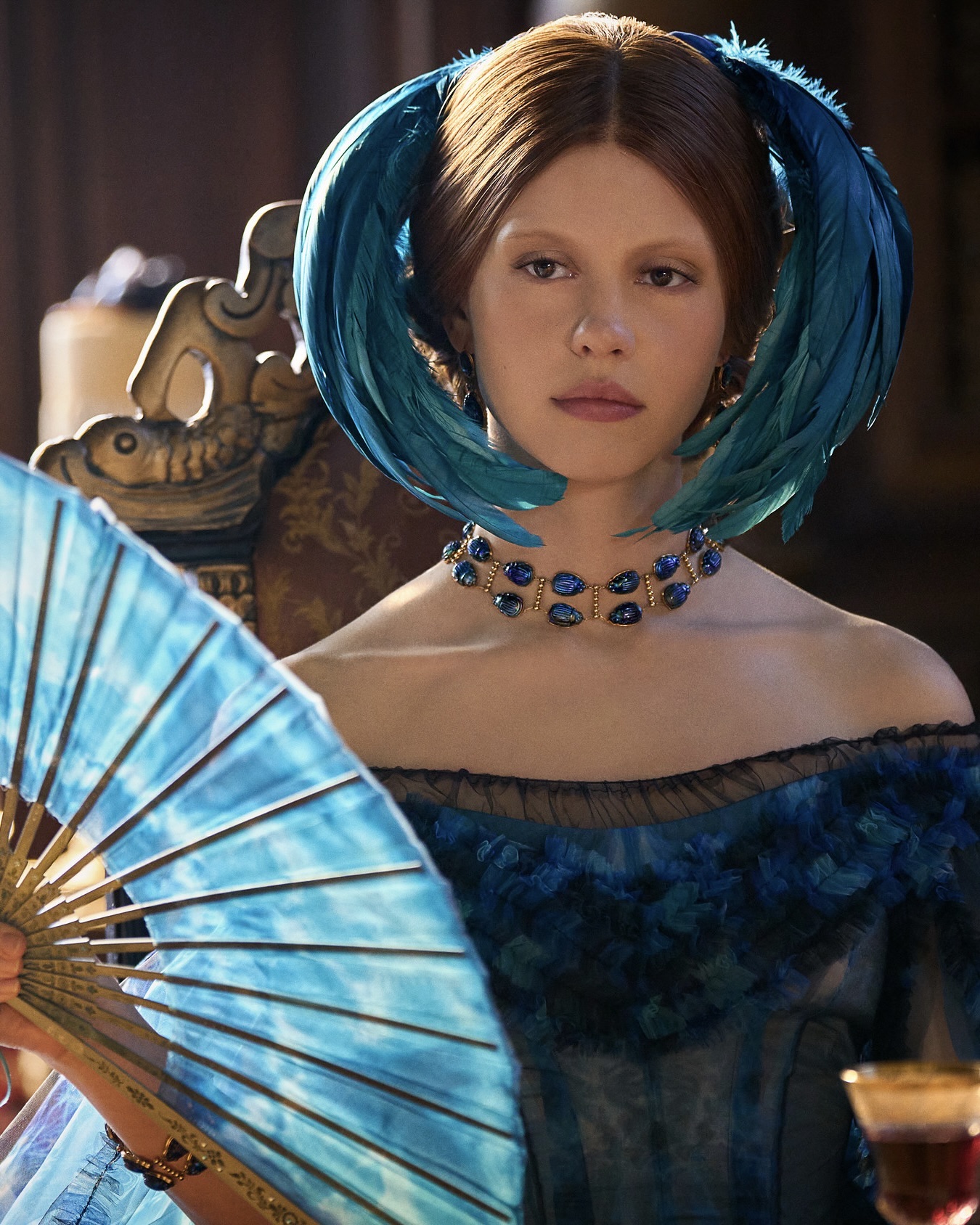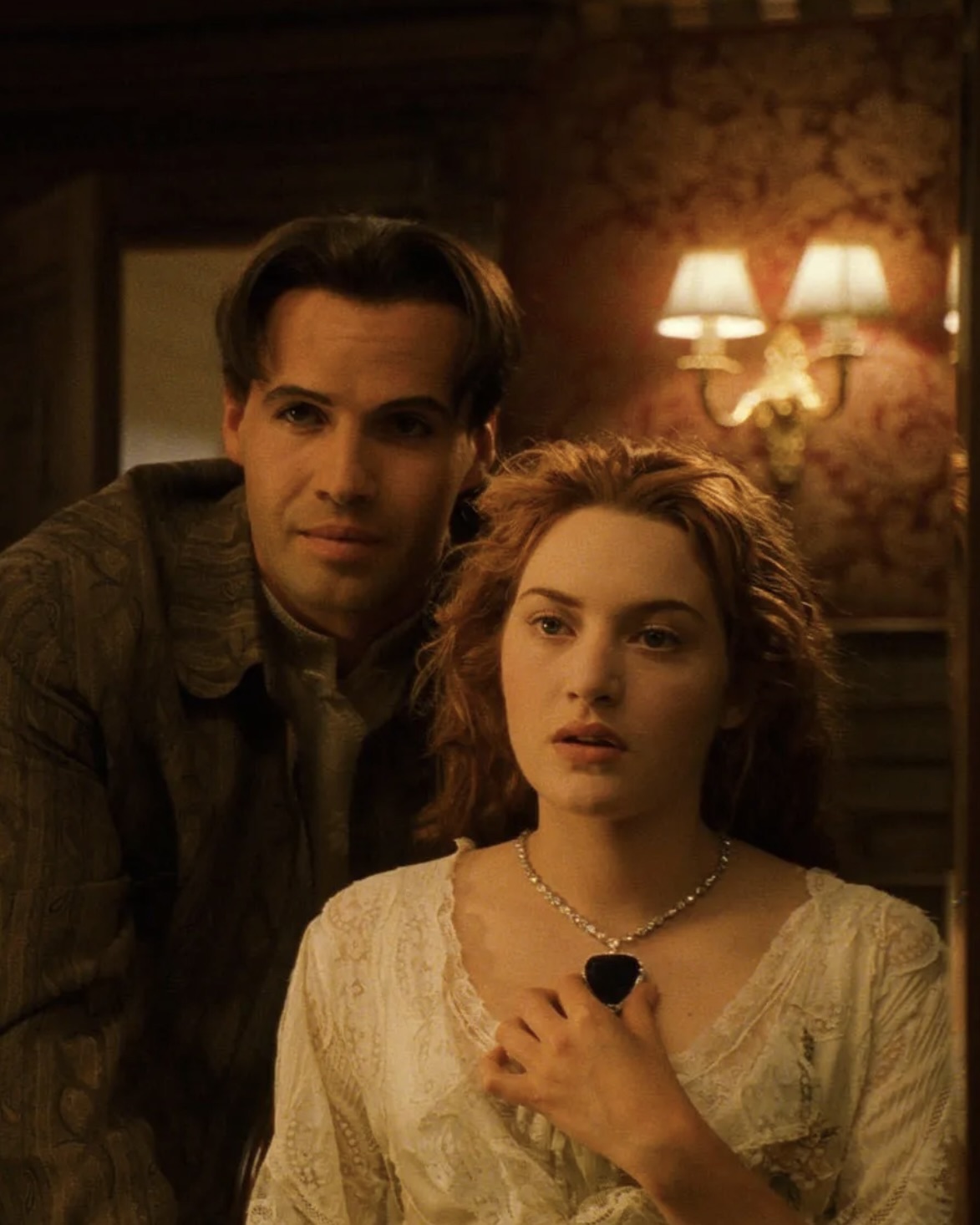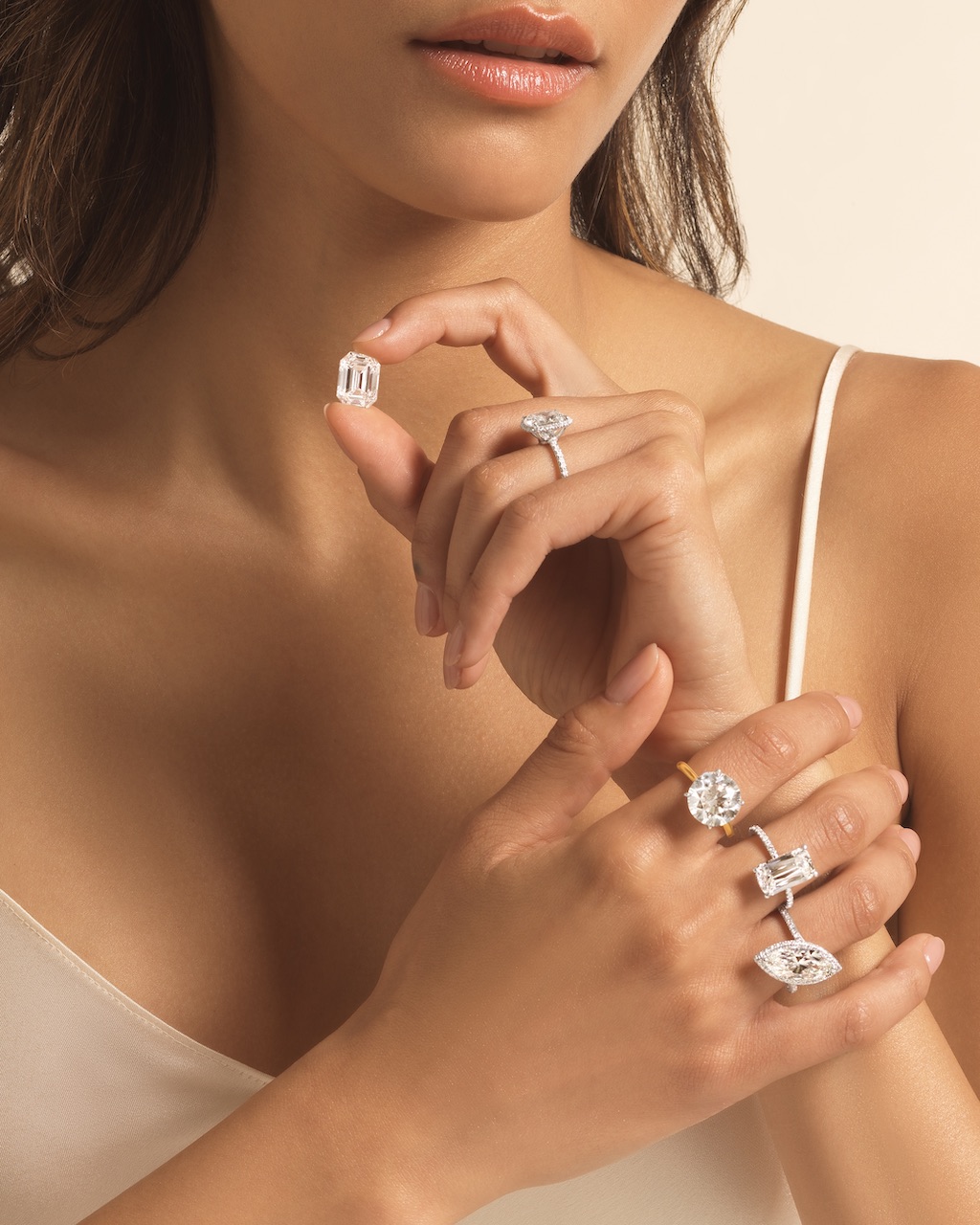< Historic Diamonds / Famous Diamonds
The Wittelsbach-Graff Diamond: The Journey of a Blue Legend
A 400-year journey from India’s fabled diamond mines to Europe’s royal courts, this legendary blue diamond’s history is full of mystery, rediscovery, record-breaking sales, and bold controversy.
Written by: Grant Mobley
Published: November 17, 2025

There is almost no other gem in history with the mystique and reverence of the Wittelsbach-Graff Diamond. Its story spans royal courts, lost archives, record-breaking auctions, and perhaps the most controversial recut the diamond world has ever witnessed.
The Wittelsbach-Graff Diamond began its journey more than 400 years ago in India’s legendary Kollur mines in Andhra Pradesh, the same Golconda region that produced the Hope Diamond. In the early 1600s, when these mines were the world’s sole source of diamonds, miners unearthed an extraordinary blue crystal that eventually yielded a 35.56-carat diamond with fifty facets, displaying a mesmerizing deep grayish-blue hue. GIA later classified it as a Type IIb natural blue diamond, an extremely rare category that accounts for less than 0.02% of all natural diamonds. The gem measured 24.4 millimeters in diameter and 8.29 millimeters in depth, with approximately SI1 clarity. These qualities place it among Earth’s most extraordinary natural treasures.
Meet the Expert

- Grant Mobley is the Jewelry & Watch Editor of Only Natural Diamonds.
- He is a GIA Diamonds Graduate.
- He has over 17 years of jewelry industry experience, starting with growing up in his family’s retail jewelry stores.
The Wittelsbach-Graff Diamond Passed From Spanish Royalty to the House of Wittelsbach
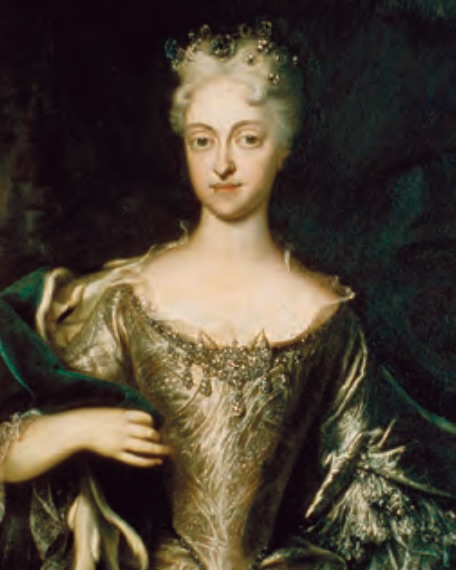
The history of the diamond dates back to 1664, when it was first recorded in the collection of King Philip IV of Spain. The origin of the gem entering the Spanish treasury is unclear; the records that might have explained it vanished during the Spanish Civil War. What we do know is that King Philip included the diamond in the dowry of his daughter, Infanta Margareta Teresa, when she married Emperor Leopold I of Austria.
After the Infanta’s untimely death, her jewels passed to the Austrian royal family. Emperor Leopold gave the blue diamond to his third wife, Empress Eleonore Magdalena, who later bequeathed it to her granddaughter Archduchess Maria Amalia, daughter of Emperor Joseph I. When Maria Amalia married the Bavarian Crown Prince Charles Albert in 1722, the diamond joined the Bavarian Crown Jewels and became forever linked to the House of Wittelsbach.
How the Wittelsbach-Graff Diamond Became a Crown Jewel of Bavaria


Charles Albert adored the gem and commissioned several new settings for it, each more elaborate than the last. His successor, Maximilian III, collaborated with Munich jewelers to set the stone in a magnificent floral design featuring over 700 smaller diamonds. When Maximilian IV Joseph became the first King of Bavaria in 1806, he commissioned the creation of a royal crown that featured the blue diamond at its apex. For over a century, the Wittelsbach diamond had reigned atop Bavaria’s crown, last seen publicly at King Ludwig III’s funeral in 1921.
The Disappearance and Rediscovery of the Wittelsbach-Graff Diamond
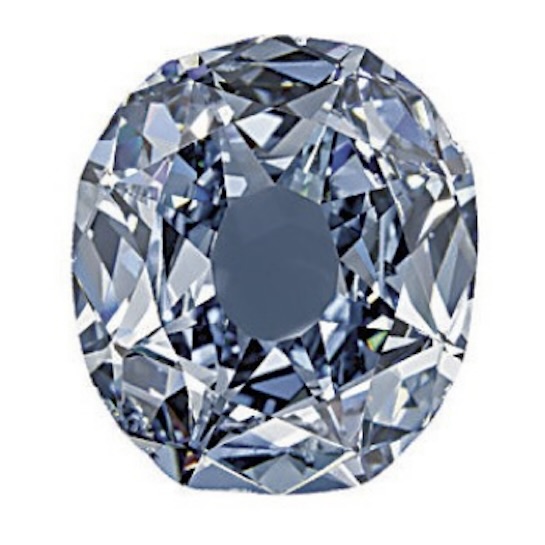
In the midst of the Great Depression, the Wittelsbach family needed to sell many of their treasures. In 1931, Christie’s London listed the Wittelsbach as the first of thirteen royal jewels up for auction. Bidding reached £5,400, but rumors spread that the diamond had failed to meet its reserve. What happened next remains murky: the stone vanished from public view for two decades.
It resurfaced in Belgium in 1951, though its true identity remained uncertain. Seven years later, at the World Exhibition in Brussels, an anonymous exhibitor displayed a large blue diamond that would later prove to be the missing Wittelsbach.
In 1962, Belgian diamond cutter Joseph Komkommer received the gem for recutting. Recognizing its historical importance, he refused to alter it and instead traced its lineage back to the Wittelsbach family. He organized a small group of investors to purchase and preserve the diamond, which remained in private hands until 1964, when a collector acquired it.
The Record-Breaking Sale of the Wittelsbach-Graff Diamond and a Recutting Controversy

The diamond returned to the global stage in December 2008, when Christie’s offered it for sale publicly for the first time in eighty years. Experts expected it to fetch around $15 million. When the hammer fell, the Wittelsbach sold for an astonishing $24.26 million, shattering the world record for any diamond sold at auction until then. The buyer was Laurence Graff, the celebrated London jeweler and gem collector.
Graff soon made headlines for an audacious decision: he recut the historic gem from 35.56 carats to 31.06 carats to improve its clarity, remove surface imperfections, and intensify its color. The Gemological Institute of America (GIA) later confirmed the diamond’s new classification as Internally Flawless, Fancy Deep Blue, Type IIb, calling it “the largest flawless or internally flawless Fancy Deep Blue natural color diamond ever graded.”
Despite the improvement in brilliance and color, Graff’s decision sparked controversy. Historians and gemologists accused him of erasing part of history. At the same time, Graff defended his work, saying he “repolished the stone to bring out its full potential and life while retaining its essential character.” Now renamed the Wittelsbach-Graff Diamond, the jewel had been reborn.
A Reunion of Blue Legends: The Wittelsbach-Graff Diamond and the Hope Diamond
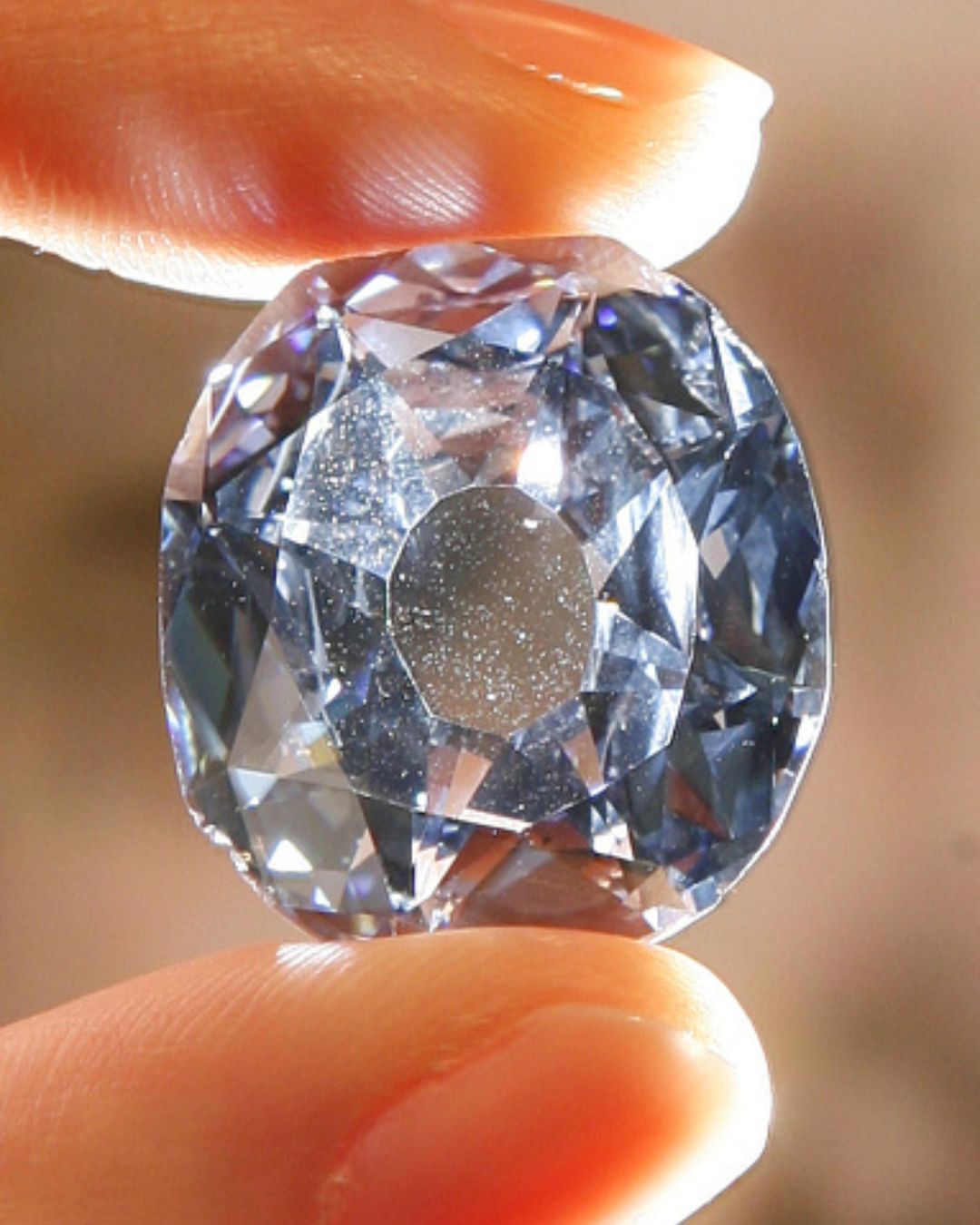
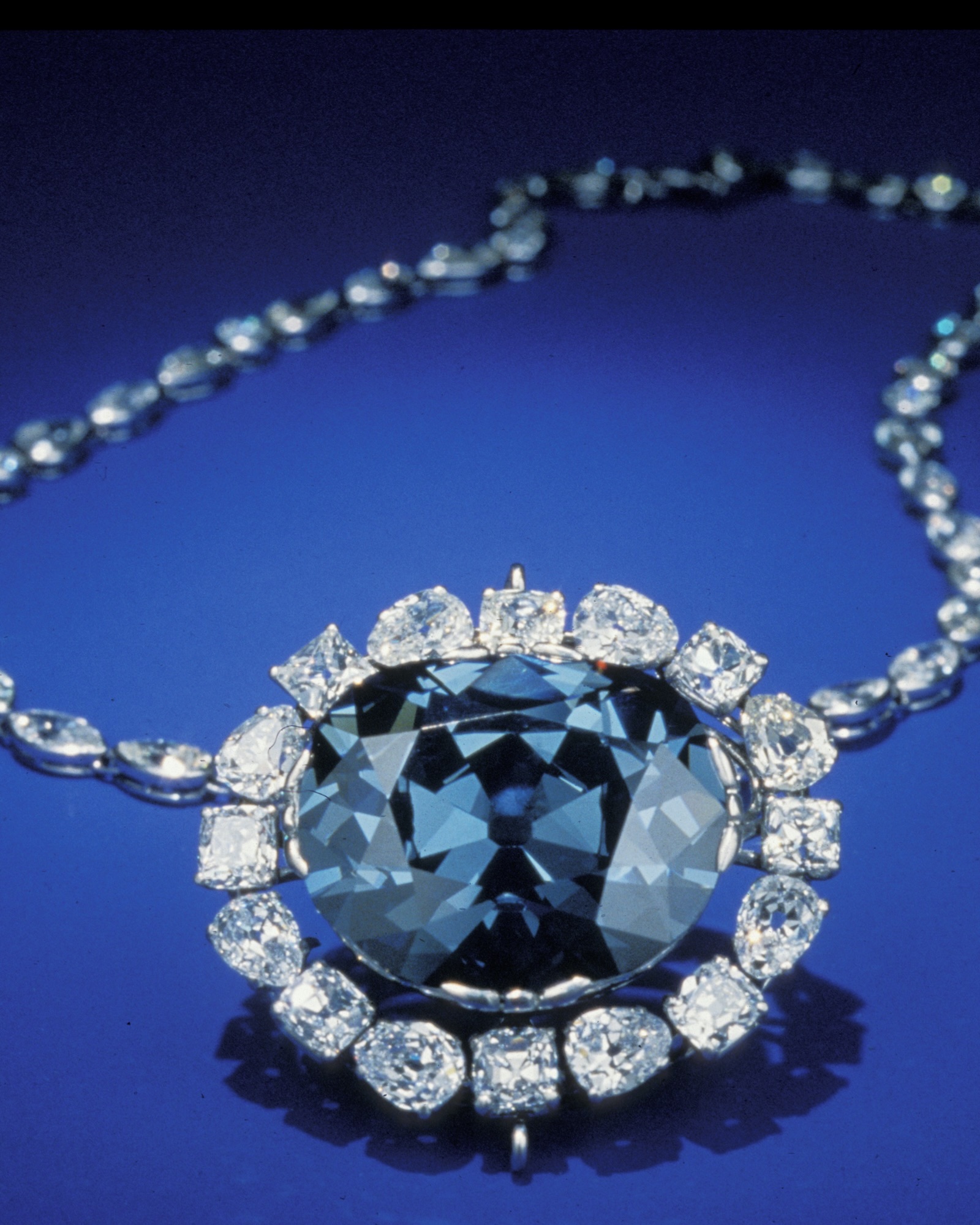
In 2010, Graff collaborated with the Smithsonian Institution to exhibit the Wittelsbach-Graff Diamond alongside the Hope Diamond. It was a once-in-a-lifetime pairing of the two most famous blue diamonds on Earth. Scientists seized the opportunity to test a centuries-old rumor: that the two gems originated from the same rough crystal.
After much study, the GIA concluded that while both diamonds share the same Indian origin and nearly identical color and luminescence, they did not come from the same stone. Subtle differences in red phosphorescence and crystal structure proved their individuality, yet their shared heritage confirmed that both formed under remarkably similar geological conditions deep within the Earth.
Is the Wittelsbach-Graff Diamond The Most Valuable Diamond Ever Sold?
Rumors persist that in 2011, the Emir of Qatar, Sheikh Hamad bin Khalifa Al Thani, privately purchased the Wittelsbach-Graff Diamond for around $80 million directly from Graff. If true, it could be the most valuable diamond ever sold. Its luminous blue depths carry centuries of history, moving from India’s ancient mines to Europe’s royal courts, passing through mystery, rediscovery, record-breaking sales, and bold controversy, and standing without question as one of the most important gems the world will ever know.
